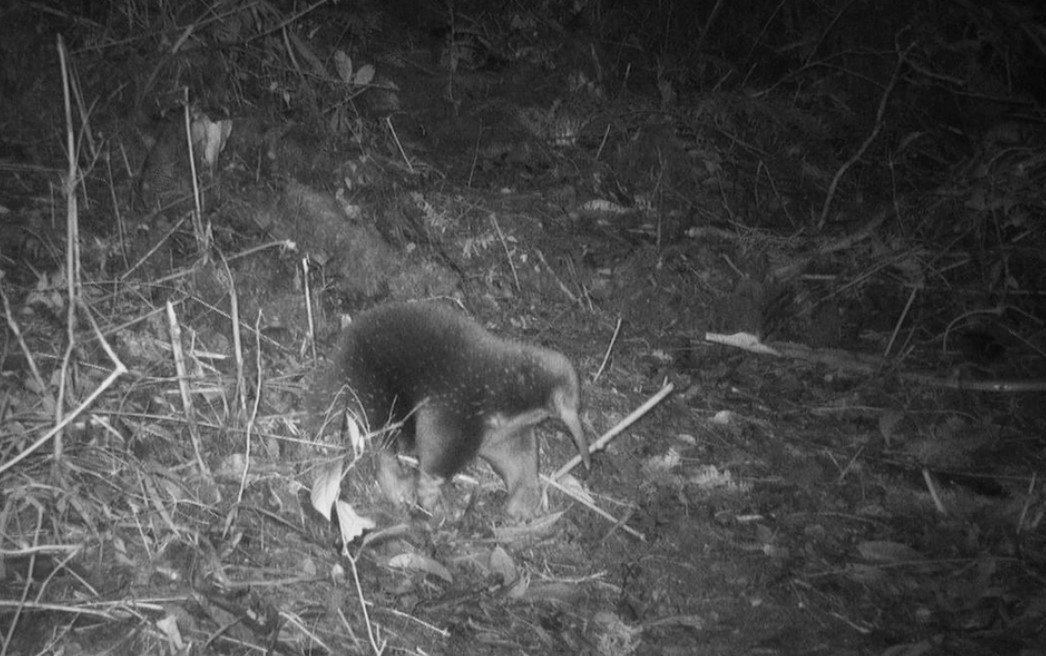The long-beaked anteater, which belongs to the order Cloaca, was captured in the Giant Mountains of Indonesia. Incidentally, this species was recently rediscovered in 2019 and is part of a group that separated from the evolutionary tree of other mammals 200 million years ago. This species was named after Sir David Attenborough and thus became Zaglossus attenboroughi or Attenborough’s ant hedgehog.
After the first reports, it disappeared from science for 60 years, but now the mysterious Zaglossus attenboroughi – the long-beaked anteater – has appeared in front of the camera. This distinctive animal is one of the five remaining species of the order Cloaca, and was first documented by scientists in 1961.
the The cloaca (Monotremata) constitute an order of the class Mammalia. Members of this group include the only extant members of the subclass of mammals that lay eggs, the anteaters and platypuses. One of the characteristics of these animals is that, like birds or reptiles, there is only one exit opening in their body, which is the cloaca, which performs the function of opening the rectum, kidney duct, and reproductive organ. They also resemble birds and reptiles in that they reproduce by eggs. There are also two fields of mammary glands on the body of the mother animal, where the young hatched from the eggs lick the milky secretion. These mammary gland fields can be considered the initial steps towards breast development.
Zaglossus attenboroughi belongs to the anteater family, is native to the aforementioned Giant Mountains, and is classified as Critically Endangered on the IUCN Red List. It eats insects, earthworms and termites.
The creature’s hybrid features: hedgehog-like spines, an ant-like nose, and mole-like feet – all traces belonging to the cloaca. This order separated from the mammalian tree of life about 200 million years ago. Incidentally, the rare animal has cultural significance for the people of Yeongsu Sabari village, who have been resolving their conflicts for generations by searching for the rare anteater in the Giant Mountains.
In 2019, an international group of scientists set off on an expedition, during which they had to overcome many challenges, including earthquakes. The search included installing more than 80 tracking cameras and spending four grueling weeks in the Giant Mountains without discovering anything indicating this animal. However, on the last day of the expedition, the scientific adventure took a fortunate turn: The anteater was finally recorded by one of the camerasThis was confirmed by mammal researcher Christopher Helgen.
Although Attenborough’s depiction of Zaglos is the most exciting outcome of the expedition, there have also been successes – for example, the first comprehensive scientific assessment of the region’s biodiversity has been undertaken. By combining Western scientific methods with local Papuan knowledge, researchers have made countless discoveries, including previously unknown insect species and an entirely new species of land shrimp. The researchers also hope that these findings will raise awareness of the region’s unique biodiversity and encourage conservation initiatives.
(Photo: Expedition Cyclops)












































